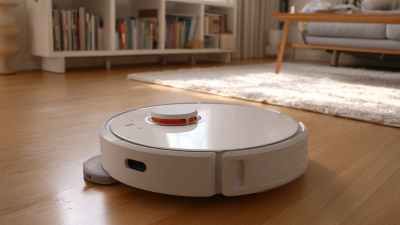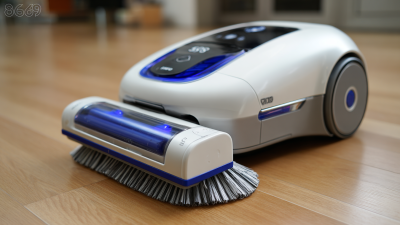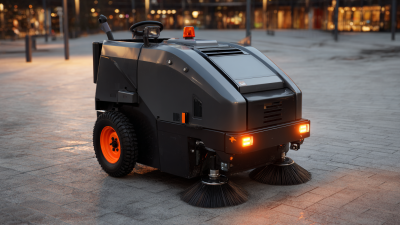The 138th Canton Fair in China serves as a pivotal platform for examining the future of the cleaners and vacuum industry, particularly as we look towards 2025. With a surge in demand for efficient cleaning solutions, the global vacuum market is projected to reach $22.6 billion by 2025, according to recent industry reports. This growth is fueled by increasing consumer awareness of hygiene and the adoption of advanced technologies in cleaning appliances.
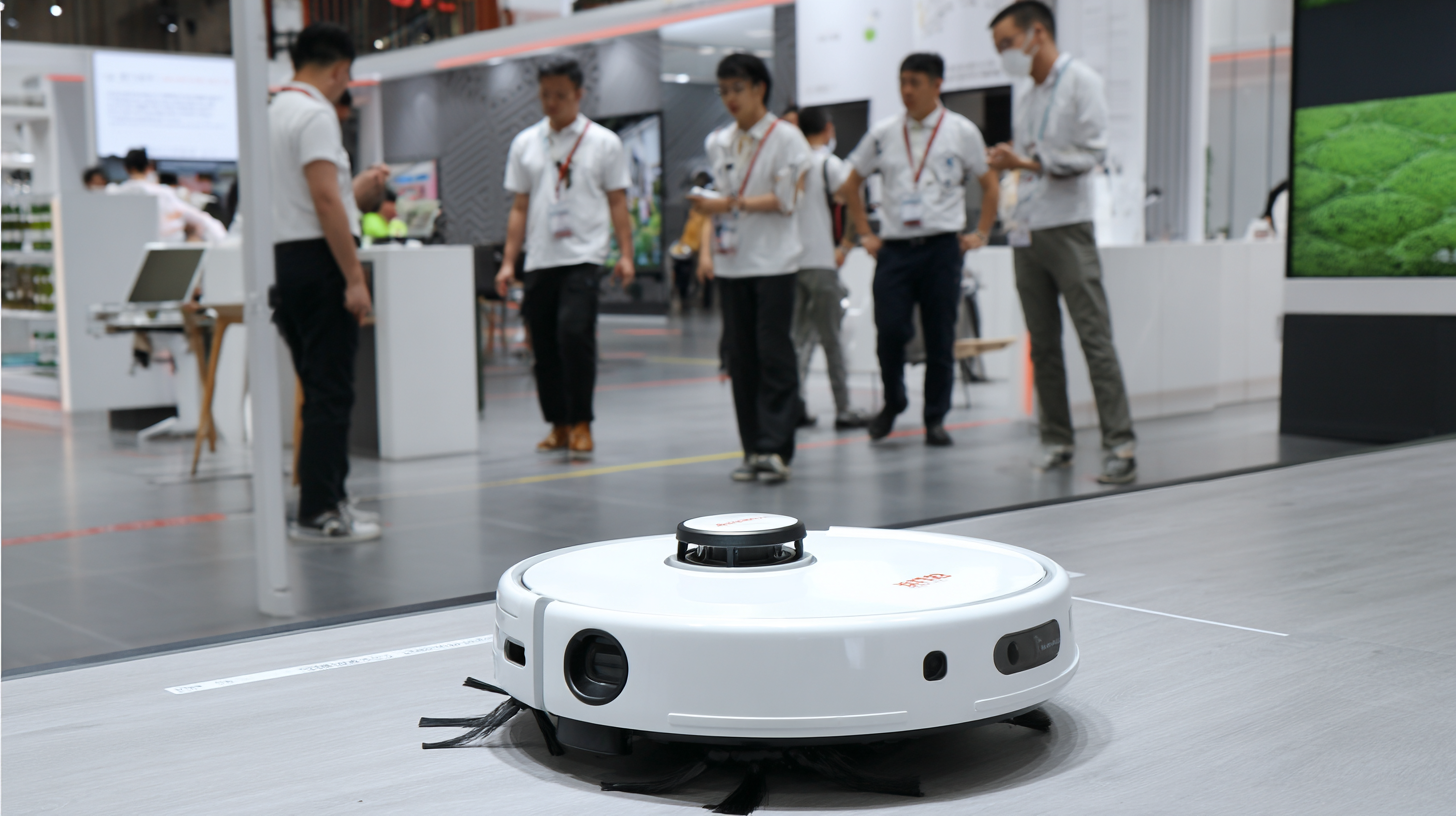
In China, the market is also witnessing a notable shift towards smart and eco-friendly products, reflecting broader trends in sustainability and innovation. As manufacturers and industry experts converge at the fair, insights into cutting-edge designs, automation, and environmentally conscious practices will be crucial in shaping the landscape of cleaners and vacuums for the years ahead.
At the 138th Canton Fair, the spotlight shone brightly on the latest innovations in cleaning technology, reflecting an industry that is rapidly evolving to meet modern demands. Companies showcased a diverse range of sophisticated cleaners and vacuums, integrating smart technology and sustainability into their designs. From robotic vacuums equipped with artificial intelligence that can map and navigate homes independently to eco-friendly cleaning solutions that minimize environmental impact, these advancements are setting new standards in the market.
Moreover, the integration of IoT (Internet of Things) capabilities is transforming how consumers interact with cleaning devices. Attendees experienced firsthand how connected cleaning gadgets can be remotely controlled via smartphone apps, allowing for convenient scheduling and real-time monitoring. This technological convergence not only enhances user experience but also promotes efficiency in daily cleaning routines. As the industry moves towards 2025, the emphasis on innovation at the Canton Fair highlights the commitment of manufacturers to create smart, effective, and sustainable cleaning solutions that cater to the evolving preferences of today’s consumers.
| Category | Innovation Type | Sustainability Features | Market Demand | Projected Growth (%) |
|---|---|---|---|---|
| Residential Cleaners | Smart Sensors | Energy-efficient | High | 15% |
| Commercial Vacuums | HEPA Filtration | Low-emission | Moderate | 10% |
| Industrial Cleaners | Robotic Automation | Recyclable materials | High | 20% |
| Eco-friendly Cleaners | Natural Ingredients | Biodegradable | Increasing | 25% |
The cleaning and vacuum industry is experiencing a significant transformation driven by sustainability trends as highlighted by the upcoming 138th Canton Fair in China. With a projected market size of USD 443.23 billion for global commercial cleaning services by 2033, it is clear that eco-friendly practices are becoming a core focus. Manufacturers are increasingly adopting sustainable materials and energy-efficient technologies, responding to heightened consumer awareness regarding environmental impacts. These advancements not only contribute to cleaner spaces but also align with evolving regulatory standards aimed at reducing carbon footprints.
The rise of smart technology within the cleaning sector further complements sustainability efforts. Products that incorporate intelligent navigation and efficient resource management are gaining traction, making cleaning processes more effective and environmentally friendly. As seen with the growing popularity of robot vacuums, consumers are gravitating towards solutions that offer convenience while minimizing environmental impact. Additionally, as the industrial vacuum cleaner market is expected to grow at a CAGR of 5.6%, it underscores the industry's commitment to innovative, sustainable solutions that will shape the future landscape of cleaning and maintenance.
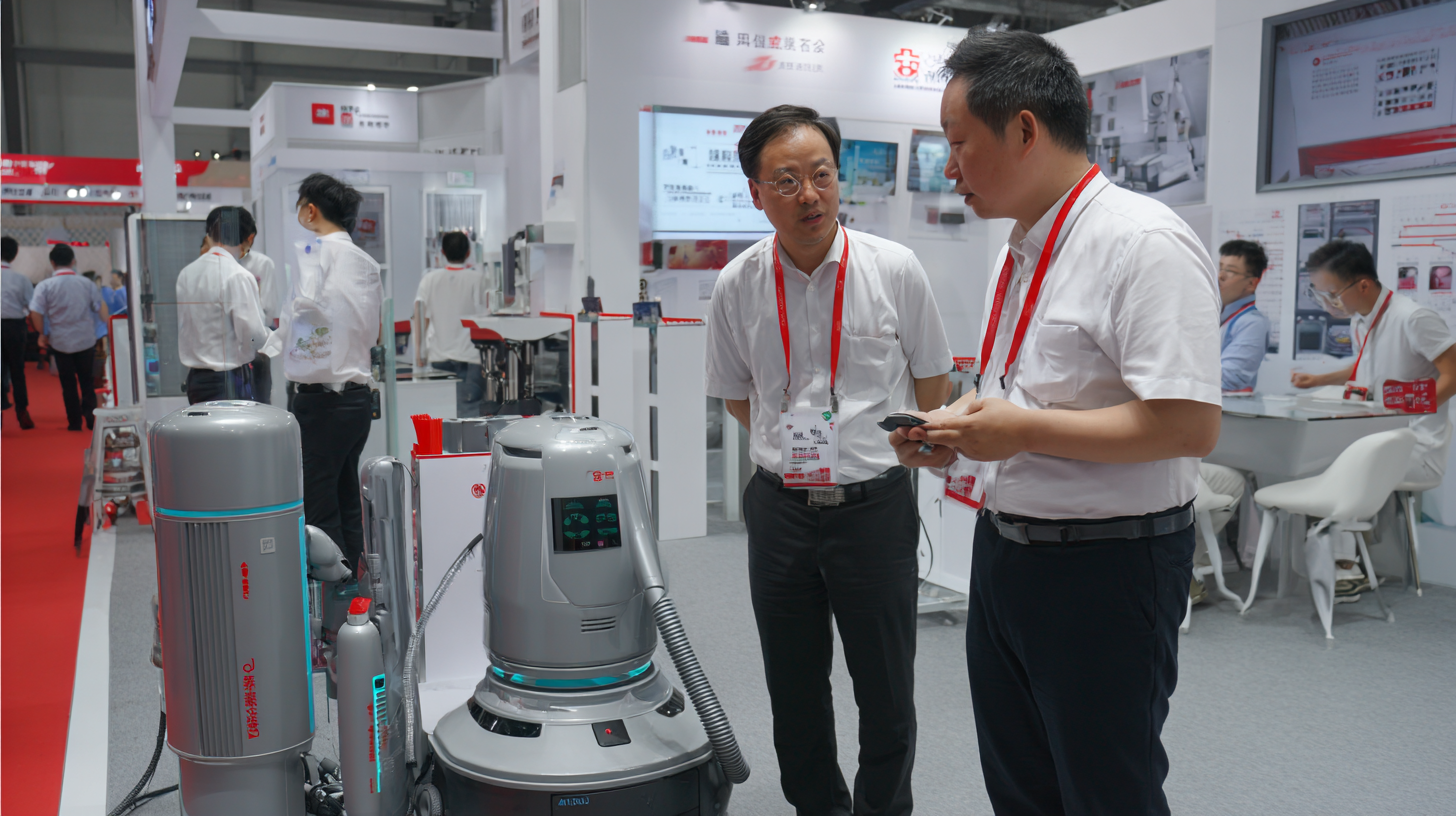
As consumer preferences continue to evolve, the landscape of cleaning products is increasingly being shaped by a desire for safety and sustainability. Today's consumers are more conscious than ever about the ingredients in their cleaning supplies, favoring formulations that are free from harmful chemicals. This shift is driving the growth of the clean label ingredients market, which is projected to reach over USD 57 billion by 2025, reflecting a robust demand for transparency and eco-friendliness in product choices.
Moreover, the influence of wellness trends cannot be underestimated. In an era where health consciousness is paramount, consumers are gravitating towards products that align with their values, such as those certified under safe and environmentally responsible programs. This is further visible in the rise of "Better For" products that prioritize both quality and safety. As these market dynamics unfold, they are set to revolutionize the cleaning products industry, pushing brands to innovate and adapt to meet the expectations of a more enlightened consumer base.
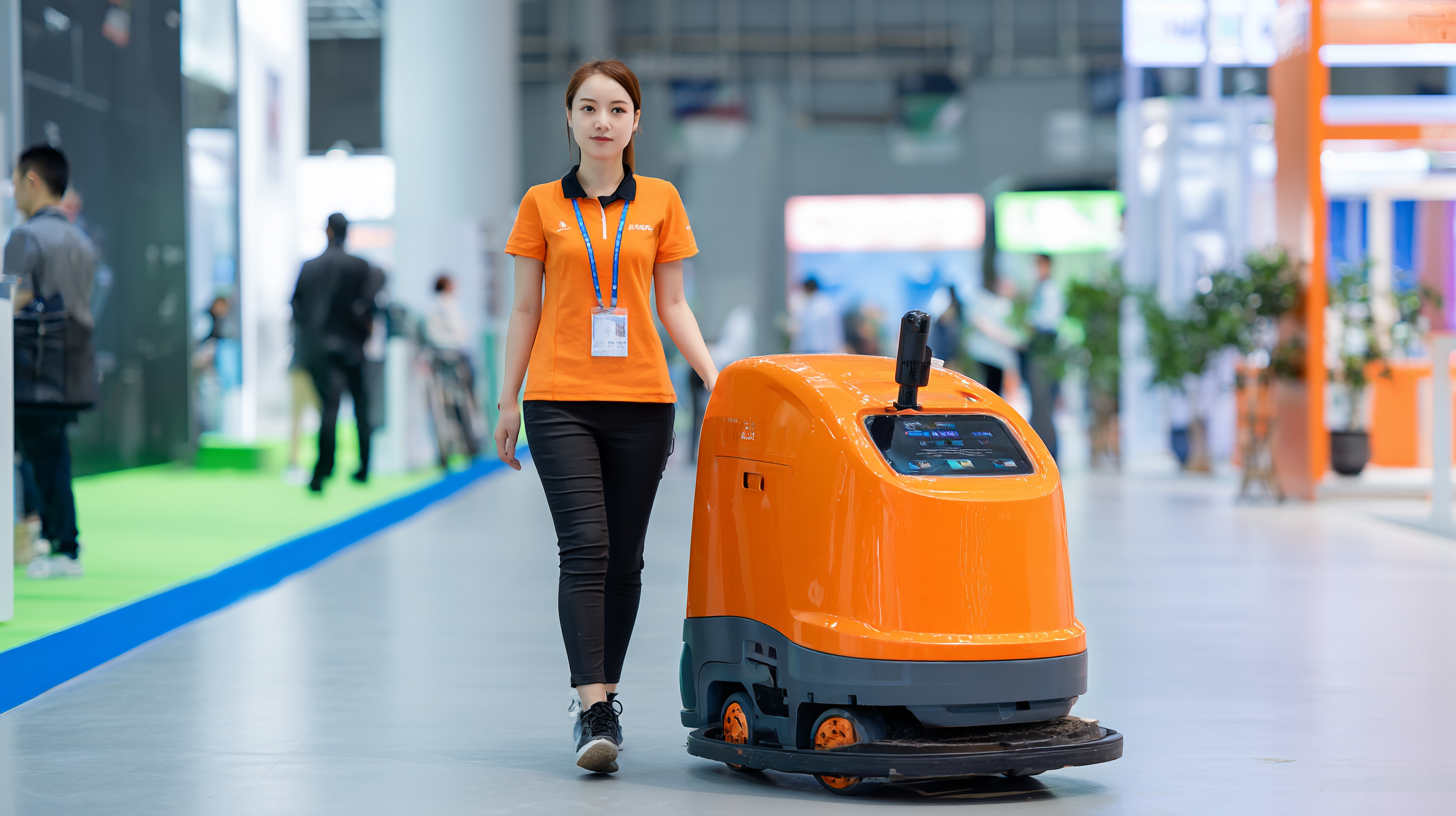
The landscape of cleaning products is evolving rapidly, with automation and smart features taking center stage as we head into 2025. As highlighted by recent industry reports, the global smart vacuum market is projected to reach USD 8.5 billion by 2025, reflecting a CAGR of 25% from the previous years. This growth is fueled by advancements in technology that enhance user convenience and efficiency, allowing consumers to control their cleaning devices remotely via mobile applications and voice commands.
At the forefront of this transformation is the integration of artificial intelligence and machine learning into cleaning devices. These technologies not only optimize cleaning patterns but also enable devices to adapt to user behaviors and the layout of individual homes. For instance, smart cleaners can recognize and avoid obstacles, ensuring a thorough clean without user intervention. Furthermore, as smart home devices gain traction, they are becoming essential tools for improving quality of life, particularly for aging populations. Reports indicate that such devices significantly contribute to the comfort and safety of seniors living independently, showcasing the broader impact of automation in domestic settings.
The global market for small home appliances, particularly in the cleaning and vacuum sector, is projected to experience significant growth by 2025. The industry is expected to expand from a valuation of $212.3 billion to $301.24 billion by 2032, reflecting a compound annual growth rate (CAGR) of 5.13%. This growth trajectory highlights the increasing demand for efficient and innovative cleaning solutions in households.
Specifically, the vacuum cleaner segment is poised for remarkable advancements. The market size is forecasted to rise from $44.24 billion in 2023 to $74.98 billion by 2030, achieving an impressive CAGR of 7.8%. This surge can be attributed to evolving consumer preferences, particularly the demand for smart and automated cleaning devices. Additionally, the floor scrubber sector reveals a similarly optimistic outlook, with retail revenues projected to reach 11 billion yuan by 2025, driven by a heightened emphasis on maintaining clean environments. As awareness of hygiene continues to grow, the cleaning equipment industry in China is set for explosive growth, creating numerous opportunities for innovation and market expansion in the coming years.
